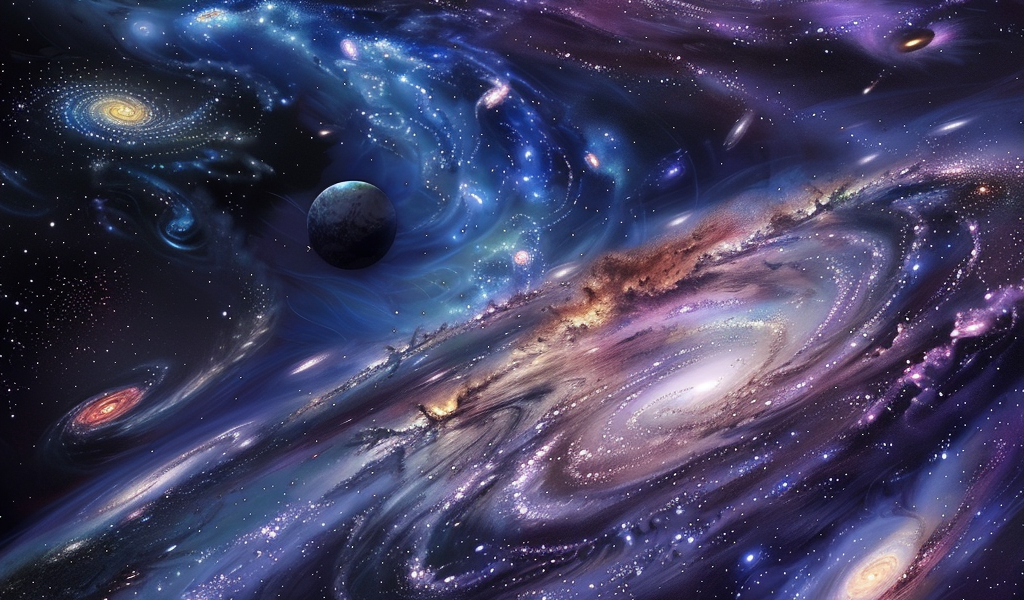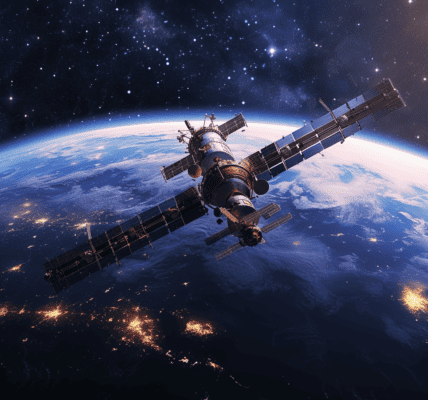The vastness of the universe continues to astonish astronomers and researchers alike, as recent studies suggest that the Milky Way galaxy may be part of an even larger cosmic structure than previously understood. A groundbreaking analysis has unveiled that the intergalactic supercluster containing our galaxy could be situated within a colossal ‘basin of attraction’ (BOA) that is up to ten times larger than the one we currently inhabit.
Our universe is composed of various basins of attraction, which are regions where celestial bodies are drawn together by gravitational forces from massive objects. These BOAs function like a series of nesting dolls, each one encapsulating the next in a hierarchy of gravitational influence. For instance, the Moon orbits Earth, which, along with the entire solar system, revolves around the Sun. This solar system, in turn, spirals around the supermassive black hole located at the center of the Milky Way.
Beyond our solar system, the next layer of this cosmic hierarchy is the Local Group, which includes not only the Milky Way but also the Andromeda Galaxy and the Triangulum Galaxy, along with their smaller satellite galaxies such as the Large and Small Magellanic Clouds. Following this, we encounter the Virgo Cluster, home to approximately 2,000 galaxies, and the larger Virgo Supercluster. The outermost layer known to us is the Laniākea Supercluster, which translates to ‘immense heaven’ in Hawaiian. Discovered in 2014, Laniākea encompasses around 100,000 galaxies and stretches across roughly 500 million light-years.
However, the recent study published in the journal Nature Astronomy on September 27, 2024, has taken our understanding of these cosmic structures to a new level. Researchers analyzed the relative movements of over 56,000 galaxies to construct a 3D ‘probabilistic’ map of all the BOAs surrounding the Milky Way. This comprehensive mapping indicates a significant likelihood that our galaxy is part of an even larger basin of attraction known as the Shapley Concentration.
The Shapley Concentration, while already acknowledged in the scientific community, was not previously believed to have a substantial influence on the Milky Way. The new findings suggest that this enormous structure could encompass a volume up to ten times greater than that of Laniākea, thus expanding our cosmic perspective.
The implications of this discovery are profound, as it not only reshapes our understanding of the Milky Way’s position in the universe but also raises intriguing questions about the gravitational dynamics at play in this vast expanse. The research team emphasized the importance of this new map in redefining our cosmic address, suggesting that it opens up new avenues for exploration and understanding of the universe’s structure.
As astronomers continue to delve deeper into the mysteries of the cosmos, studies like this one highlight the complexity and grandeur of the universe we inhabit. With each new discovery, our understanding of the gravitational forces that govern the motion of galaxies and the structure of the universe becomes clearer, paving the way for future exploration and research.
In conclusion, the revelation that the Milky Way may be part of a larger cosmic basin challenges our previous notions of our place in the universe. As researchers continue to refine their models and gather more data, our understanding of the universe’s vastness and complexity will undoubtedly evolve, prompting further questions about the nature of cosmic structures and their interactions.





